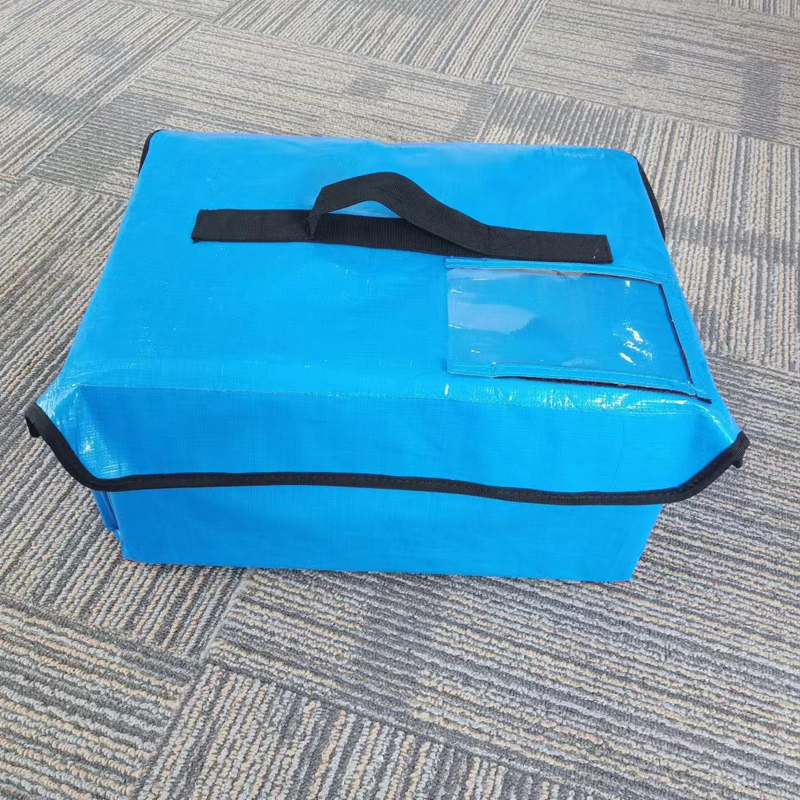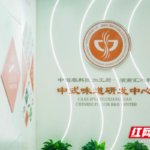Current State of China’s Fresh Cold Chain Logistics Industry in 2023: Melhoria geral nas operações logísticas da cadeia de frio
Among the top ten regions with the most cold chain logistics companies in China, five are located in East China: Shandong, Xangai, Jiangsu, Fujian, and Anhui. Guangdong Province has the highest number of cold chain logistics companies, totaling 277, contabilidade para 13% of the total. Cold chain logistics primarily focus on two stages in product sales: transporting fresh products from the production site to the sales site, and then from the sales site warehouse to the consumer. Portanto, regions with a high number of cold chain logistics companies are mainly concentrated in fresh food production areas and economically developed regions. Fresh food production areas have a high demand for external sales, increasing the need for cold chain logistics. Enquanto isso, consumers in economically developed regions have a higher consumption capacity and demand for freshness, necessitating cold chain transportation.

Supported by strong national policies, China’s cold chain logistics operations continue to improve, maintaining a stable and upward trend. De janeiro a agosto deste ano, the total value of cold chain logistics in China was 3.7 trillion RMB, a year-on-year increase of 3.95%; the total demand for cold chain logistics was 240 million tons, a year-on-year increase of 5.35%; and the total revenue of cold chain logistics was 308.59 bilhões de RMB, a year-on-year increase of 3.41%.
According to the “2022-2027 China Fresh Cold Chain Logistics Industry Market Survey Analysis and Development Trend Forecast Research Report” released by the China Research Institute:
Cold chain logistics cannot function without cold storage, which serves cold chain logistics by providing refrigeration, preservation, and constant temperature to effectively extend the shelf life of fresh foods and special medicines. Refrigerated trucks are critical transportation tools in cold chain logistics, facilitating long-distance transportation of goods. Nos últimos anos, the rapid development of fresh food e-commerce has broken the restrictions of shopping areas, allowing consumers to enjoy a wider variety of products. This development has increased the demand for long-distance transportation of fresh foods, significantly boosting the demand for cold chain logistics.

Cold chain logistics use technologies such as temperature control and insulation, along with facilities like cold storage, caminhões refrigerados, and refrigerated boxes, to ensure that cold chain products remain at the required temperature throughout the entire process from initial processing, armazenar, transporte, circulation processing, vendas, and distribution. Cold chain logistics emerged with economic and social development and advancements in refrigeration technology. The upstream sector mainly comprises cold storage infrastructure and equipment suppliers, the midstream consists of logistics service providers, and the downstream includes food and fresh products and medical products.
Em 2022, with effective pandemic control measures and the gradual lifting of restrictions, social and economic vitality accelerated, boosting the logistics industry. Fresh food is a daily necessity with significant market potential. As income levels continue to rise, the market development space for cold chain logistics expands. With the internet reaching more households and the integration of online and offline channels, consumer habits are changing, and the rapid development of fresh food e-commerce is driving the accelerated development of the cold chain logistics industry. Adicionalmente, in the pharmaceutical sector, heightened health awareness is expected to lead to a growth in the pharmaceutical cold chain market, further driving the demand for cold chain logistics. With great growth potential, the industry is subject to stringent regulation, and relevant policies are being continuously introduced to guide its development.

Em 2023, China’s fresh agricultural product cold chain supply system shows a diversified structure, with models like direct supply from production areas and farm-supermarket connections emerging. No entanto, wholesale markets for agricultural products remain dominant in the fresh agricultural product supply chain. To improve the cold chain supply system, multi-dimensional efforts are being made to upgrade cold chain services for agricultural products, including strengthening cooperation among quality safety inspection and testing institutions, agricultural production and distribution enterprises, new agricultural business entities, and e-commerce platforms to ensure traceability in production and distribution. Adicionalmente, the construction of agricultural product quality safety traceability management information platforms is being enhanced to achieve comprehensive traceability.
Em 2022, the total value of social logistics in China continued to rise, reaching 247 trillion RMB in the first three quarters, a year-on-year increase of 3.5%. Logística da cadeia de frio, as a special type of logistics born from economic development, has grown with the diversification of social and economic demands. To better meet the diverse needs of consumers, the logistics industry is gradually moving towards diversified development, with cold chain logistics emerging as part of this trend.

Due to the high technical barriers in cold chain logistics, the industry in China is still characterized by small enterprise scales and fragmented competition. No entanto, with the growth of fresh food e-commerce and increased demand for pharmaceutical cold chains, the industry has enormous growth potential, likely attracting significant capital investment. Increased competition may accelerate industry consolidation, promoting high-quality development. Adicionalmente, since cold chain logistics primarily transport fresh food and pharmaceuticals, which are closely related to daily life and health, both the state and society place great importance on regulating the industry. Relevant departments are continually introducing policies to guide the industry’s development. In December 2021, the General Office of the State Council issued the “14th Five-Year Plan for Cold Chain Logistics Development,” providing direction for the industry’s high-quality development.
Economic and social development, improvements in living standards, and increased consumer demand for quality life have led to more frequent cross-regional circulation of various agricultural products. Cold chain logistics emerged to address the long-distance transportation of agricultural products, driven by economic development. With the internet reaching more households and the integration of online and offline channels, consumer habits are evolving, driving the rapid development of fresh food e-commerce, which in turn accelerates the development of the cold chain logistics industry. Atualmente, China’s fresh food e-commerce market is expanding rapidly into lower-tier markets, showing great development potential. The continued expansion of fresh food e-commerce is expected to drive a rapid increase in demand for cold chain logistics. Além disso, in the pharmaceutical sector, heightened health awareness is expected to lead to a growth in the pharmaceutical cold chain market, further driving demand for cold chain logistics.

For more industry details, please refer to the “2022-2027 China Fresh Cold Chain Logistics Industry Market Survey Analysis and Development Trend Forecast Research Report” published by the China Research Institute. The China Research Institute is a comprehensive provider of information and intelligence in the Chinese industry consulting field, with a brand philosophy of “driving industry development with information and empowering corporate investment decisions.” The company provides professional industry consulting services, including premium industry research reports, customized projects, monthly specials, feasibility reports, business plans, and industrial planning. It offers periodic reports and customized data, covering policy monitoring, corporate dynamics, industry data, product price changes, investment and financing overviews, market opportunities, and risk analysis.
Cited from https://www.chinairn.com/hyzx/20231008/152157595.shtml























